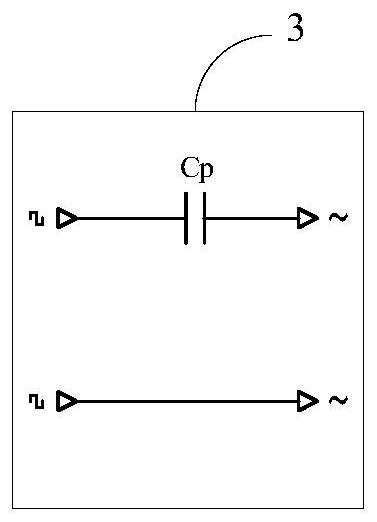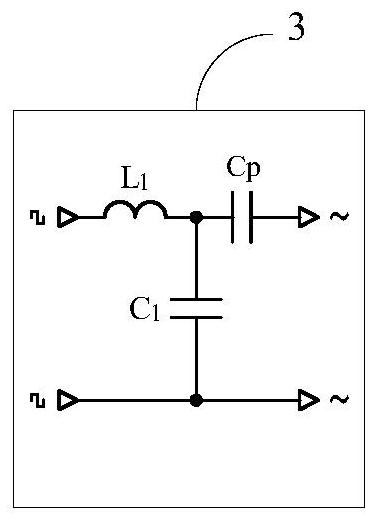Wireless charging power converter and standard decoupling design method thereof
A technology of power converter and wireless charging, which is applied in the direction of conversion of AC power input to DC power output, output power conversion device, irreversible conversion of AC power input into DC power output, etc. It can solve the problem of large changes in coil coupling coefficient, The interoperability requirements are not easy to be met, and the decoupling design of the primary side coil and the secondary side coil cannot be realized, so as to achieve the effect of meeting the interoperability requirements.
- Summary
- Abstract
- Description
- Claims
- Application Information
AI Technical Summary
Problems solved by technology
Method used
Image
Examples
Embodiment Construction
[0058] The present invention will be described and analyzed in detail below with reference to the accompanying drawings and preferred embodiments. Obviously, the described embodiments are only some but not all of the embodiments of the present invention.
[0059] 1. Preferred embodiments of the present invention
[0060] like figure 1 As shown, a wireless charging power converter and a standardized decoupling design method thereof, wherein the wireless charging power converter is composed of an APFC circuit (1), an inverter circuit (2), a primary side compensation network (3), and a coupling coil (4) ), secondary side compensation network (5), rectifier circuit (6) and filter capacitor Co. The coupling coil (4) includes a primary coil Np and a secondary coil Ns. The APFC circuit (1) is a four-terminal network, adopts a rectifier bridge+Boost conversion topology or a bridgeless Boost topology, and has two AC input ends, a positive output end, and a negative output end. The ...
PUM
 Login to View More
Login to View More Abstract
Description
Claims
Application Information
 Login to View More
Login to View More - R&D
- Intellectual Property
- Life Sciences
- Materials
- Tech Scout
- Unparalleled Data Quality
- Higher Quality Content
- 60% Fewer Hallucinations
Browse by: Latest US Patents, China's latest patents, Technical Efficacy Thesaurus, Application Domain, Technology Topic, Popular Technical Reports.
© 2025 PatSnap. All rights reserved.Legal|Privacy policy|Modern Slavery Act Transparency Statement|Sitemap|About US| Contact US: help@patsnap.com



